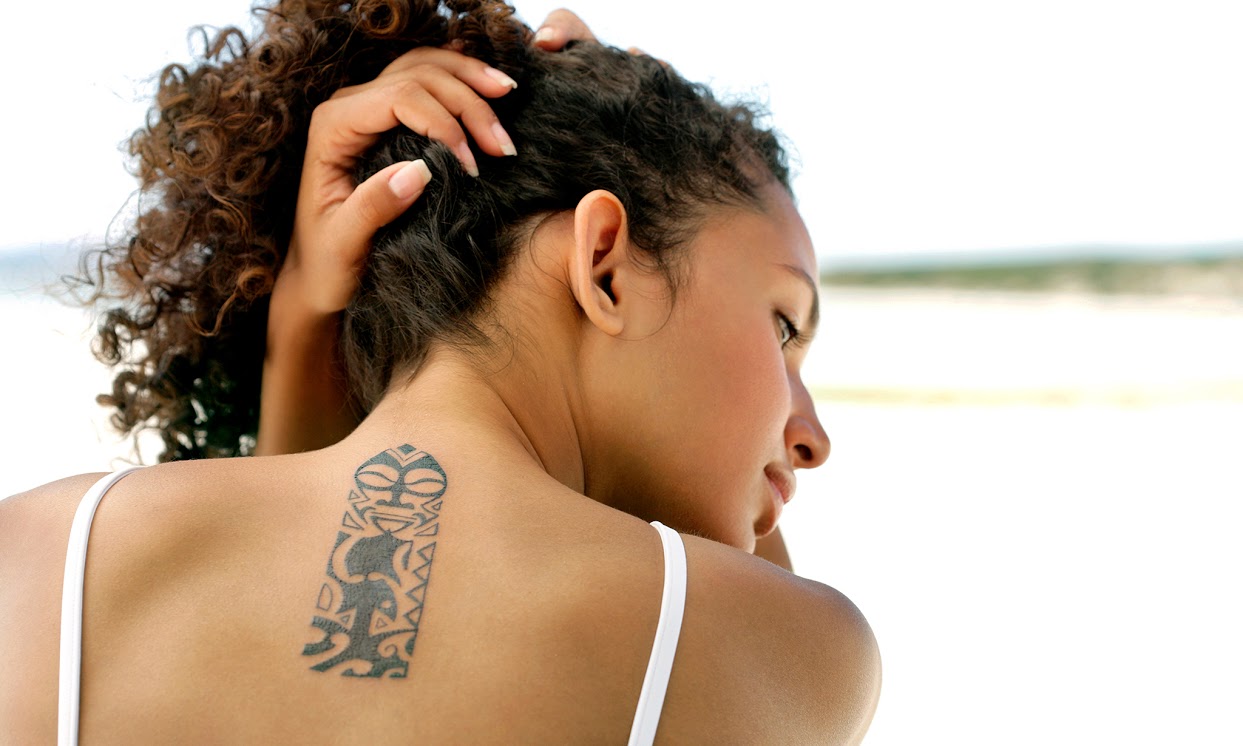
Tattoos are designed to be permanent. Sometimes, though, relationships end and two-dimensional bowties start to look weird at the beach, and it’s time to seek the help of a laser technician. Sacramento tattoo wearers aren’t immune to changing their minds—in fact, their city boasts the second-highest rate of tattoo removal in the country.
So how can you ensure you won’t tire of your ink? For some Sacramentans, it’s all about choosing traditional styles, which are abundant because the history of tattooing spans continents and millennia. Today’s tattoo fans can choose iconography that has withstood the test of time and distance. Some fuse the images with their own custom patterns, whereas others nod to the past with purely traditional designs. Read on to learn about some traditional tattoo types and see how Sacramento artists meld them with modern tastes.
Old-School Tattoos in the West
Royal Peacock Tattoo Parlor, widely considered one of the best tattoo shops in Sacramento, is a popular source for old-school tattoos. Known as sailor or nautical tattoos, they’re what people picture when they think of a tatted-up biker or naval vet. Owner Britton McFetridge’s portfolio is filled with eagles, anchors, and ships; though each springs from Britton’s own imagination, the images owe their style to a legendary American artist named Norman Collins—better known as Sailor Jerry.
Through Sailor Jerry, more mainstream elements of society were exposed to this style, which derived from 19th-century British naval tradition. Common icons include the anchor (worn by sailors who’d crossed the Atlantic), swallows (for those who crossed 5,000 nautical miles), and the nautical star (representing the North Star’s guiding light). But the aesthetic can apply to other items and figures, too. Over at Legacy Tattoo Studio, artist Jackson uses this style to illustrate images popular among modern clients, such as gem-studded roses.
Irezumi of Japan
Legacy is also home to artists Steve and Rob, who specialize in the Japanese practice of irezumi but add their own twists to the tradition.
Irezumi populates skin with dense, intricate scales and waves. It began as a form of permanently marking criminals before gaining wider acceptance in the Edo period (1603–1867). Common motifs include serpentine dragons, snarling tigers that denote strength and courage, and red and black sakura trees. There are also koi, associated with good luck and youthful masculinity. Many Legacy clients hew to tradition, but others have the artists use the inky, repetitive patterns on animals and images of their choosing.
“Tribal” Influences
So-called “tribal” tattoos can be traced to traditions from all over the world. Though in industrialized societies they are largely divorced from their original significance, the traditional styles endure through monochromatic color schemes and non-representational forms. That makes them some of the most versatile tattoo styles around, as seen in Sacramento shops such as Stylz Tattoos & Piercings.
Probably the best-known example of traditional tribal art is tā moko, the facial patterns of the Māori people of New Zealand. Permanent line patterns have also been used by native cultures of the Philippines, Mozambique, Mesoamerica, and West Africa. A similar pattern is the Celtic knot, whose seamless, interweaving contours allude to timelessness—a perfect quality for the appeal of a permanent art piece.



